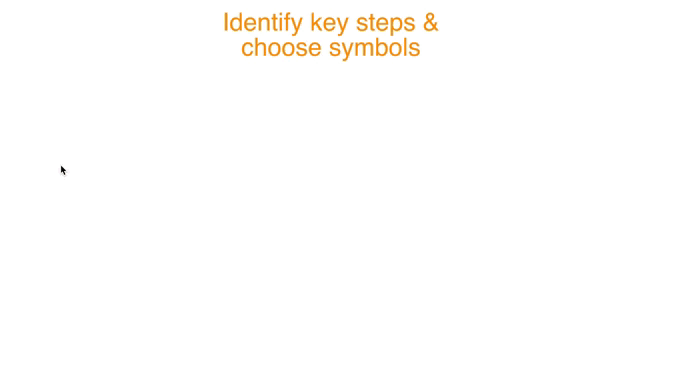How to Make a Flowchart: A Step-by-Step Guide
Last Updated On: August 20, 2024
Flowcharts are one of the most effective ways to visually represent processes, systems, or workflows. They help simplify complex ideas and make it easier to communicate them to others. Whether you're a business analyst, software developer, project manager, or student, knowing how to make a flowchart can be a valuable skill. This guide will walk you through the process of creating a flowchart, from the initial planning stages to the final product.
What is a Flowchart?
Before diving into the process, it's essential to understand what a flowchart is. A flowchart is a diagram that represents a sequence of steps in a process or system using symbols, arrows, and text. Each symbol in a flowchart has a specific meaning, making it easier to understand the steps and their connections at a glance.
Why Use a Flowchart?
Flowcharts are widely used across various industries for several reasons:
- Clarity: They help break down complex processes into simpler, understandable parts.
- Efficiency: They make it easier to identify bottlenecks, redundancies, and opportunities for improvement.
- Communication: Flowcharts facilitate better communication among team members, stakeholders, and clients by providing a visual representation of processes.
Now that we know the importance of flowcharts, let's explore how to make a flowchart.
A practical demo of how to make a flowchart
Here’s a demo on how to make a flowchart using Lekh App.
You can create shapes just by sketching on touch screens in Lekh App

Step 1: Define the Purpose of Your Flowchart
The first step in creating a flowchart is to define its purpose. Ask yourself the following questions:
- What process or system do I want to represent?
- Who is the intended audience?
- What do I want to achieve with this flowchart?
Having clear answers to these questions will guide you in creating a flowchart that is both effective and relevant.
Step 2: Identify the Key Steps in the Process
Once you have a clear purpose, the next step is to identify the key steps in the process you want to represent. Write down all the steps in a sequence. Don't worry about the details at this stage; focus on capturing the essential steps that move the process from start to finish.
Step 3: Choose the Right Flowchart Symbols
Flowcharts use specific symbols to represent different types of actions or steps in a process. Here are some of the most common flowchart symbols:
- Oval: Represents the start or end of a process.
- Rectangle: Represents a process or action step.
- Diamond: Indicates a decision point that results in different outcomes.
- Arrow: Shows the flow or direction of the process.
- Parallelogram: Represents input or output in the process.
Understanding these symbols is crucial when learning how to make a flowchart. Using the correct symbols ensures that your flowchart is easy to understand.
Step 4: Sketch the Flowchart
With your key steps and symbols in mind, start sketching your flowchart. You can do this on paper or use a flowchart tool like Lekh App, which allows you to sketch flowcharts directly on your touch devices. Arrange the steps in sequence and connect them with arrows to show the flow of the process. Ensure that decision points are clear, and different outcomes are appropriately branched out.
Step 5: Review and Refine
After sketching your flowchart, review it to ensure it accurately represents the process. Check for any missing steps, unclear connections, or incorrect symbols. It’s also helpful to get feedback from others who are familiar with the process to ensure your flowchart is clear and accurate.
Step 6: Finalize Your Flowchart
Once you’re satisfied with your flowchart, finalize it using a digital tool if you haven’t already. Tools like Lekh App make it easy to convert your rough sketches into professional-looking flowcharts. You can also add labels, colors, and other design elements to make your flowchart more visually appealing.
Step 7: Share Your Flowchart
The final step in learning how to make a flowchart is sharing it with your intended audience. Whether you’re presenting it to a team, sharing it with stakeholders, or including it in a report, make sure your flowchart is accessible to everyone who needs it. You can export your flowchart in various formats like PDF, PNG, or SVG, depending on your needs.
Conclusion
Knowing how to make a flowchart is a valuable skill that can enhance your ability to communicate complex processes and systems. By following these steps, you can create clear, effective, and visually appealing flowcharts that meet your specific needs. Whether you’re a beginner or an experienced flowchart maker, tools like Lekh App can make the process easier and more intuitive, allowing you to focus on what matters most—conveying your ideas clearly and effectively.